Above the Fold, the U.S. Chamber’s new digital platform, published a three-part series looking at EPA’s regulations and how it affects the day-to-day operations of American businesses.
Whether it’s EPA’s water rule, tougher ozone standards, or carbon regulations, real businesses explain in their own words how they will be hurt by EPA’s overbearing regulations.
Please read these pieces and share them on social media.
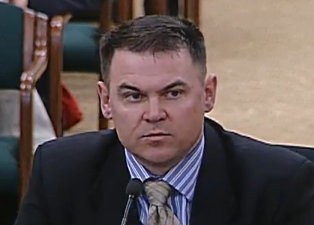
Jack Field, cattle rancher.
Jack Field’s world has long revolved around cattle. His parents were cattle ranchers, and Field and his wife bought some of their herd several years ago and have kept the family business going. Today, they run a herd of about 120 cows in Yakima County, Washington.
“We have too many to be a hobby and not quite enough to make a living,” Field joked in an interview. “We’re a small operation, but we’re trying to grow it into a something bigger.”
That will soon be much more challenging due to overregulation from (the other) Washington.
The Fields’ livelihood and those dreams depend on their cattle, so they depend on having land on which those cattle can graze. In the past, they have always leased nearby pastures from local landowners. However, due to a new rule that expands the definition of federally protected water and gives federal regulators unprecedented authority over local land use, Field isn’t sure he’ll be able to return to those fields in the years ahead.
Under the rule, which was finalized earlier this year by the Environmental Protection Agency, the agency can claim jurisdiction over any “waters” that are deemed to be adjacent to streams, wetlands and creeks, essentially stripping away broad regulatory power from states and local jurisdictions. In the process, the EPA has opened landowners and ranchers up to a host of new permitting requirements, as well as potentially devastating fines and lawsuits.
“For the price of a postage stamp, someone who disagrees with eating red meat could now throw me into court, where I will have to spend time and money proving that I am not violating the Clean Water Act,” Field told the House Small Business Committee at a hearing last year. “I don’t think this is what anyone had in mind when Congress passed the Clean Water Act.”
With the added liability, it’s not surprising that landowners who have leased Field their property in the past have expressed concerns about his operations moving forward.
“It may very well end up that landlords decide that my cattle grazing activity now has too high a risk profile under this new rule, and they may no longer want to rent the land to me,” Field said in an interview. “If that’s the case, and I can’t find somewhere to run my cattle, I’ll have to get rid of them – that’s just the way it works. I’m not sure what we would do then.”
He later added: “It turns off landowners, farmers and livestock producers, because it just feels like a massive power grab. Frankly, it should scare everybody to death.”
It’s not merely scary, he said. It’s also counterproductive.
“Having this top-down directive coming from 3,000 miles away saying we in Washington, D.C., know what’s better for you in Washington state, or in Arizona or North Dakota or Idaho, that doesn’t sit well with folks, and as a result, it’s extremely ineffective, because the stakeholders didn’t have a say,” Fields added. “Does the EPA secretary really know what’s going on in my watershed here in Yakima, Washington? I doubt the secretary has ever even been here.”
His industry isn’t alone, either.
“The WOTUS rule will choke and stymie a wide range of small businesses, not just livestock and agriculture,” he said, noting that construction companies, timber producers and a host of other sectors have come out against the rule. “It’s basically any small business that relies on the land that could be impacted by this, and that’s why you’re seeing so many people in so many industries stand up with a unified voice and oppose the rule.”
Not surprisingly, the Small Business Administration’s Office of Advocacy, which stands up for the interests of small businesses in the nation’s capital, has urged regulators to redo the rule, which federal estimates show will cost firms millions of dollars in permitting and mitigation costs.
The U.S. Chamber of Commerce has called on the EPA to throw it out, too. William Kovacs, the Chamber’s senior vice president for Environment, Technology and Regulatory Affairs, testified before the House Science Committee, saying that “the rule will have a chilling effect on project development and force property owners to hire consultants, specialists, and lawyers.”
Ultimately, he said, it will have “significantly adverse impacts on the country’s economy, the ability to create jobs in the U.S., and the ability of states to implement these new standards.”
So far, the EPA has ignored those warnings.
But then, that’s not all that surprising, either.
The WOTUS expansion is part of a broader regulatory overreach by the EPA in recent years, as environmental rulemakers in the nation’s capital continue to strip away powers once reserved for states and reach deeper into the day-to-day operations of private businesses around the country. In addition to WOTUS, EPA has recently proposed and finalized new rules that, for example, impose onerous new ozone standards and choke power suppliers with red tape.
The EPA’s increasingly long-armed approach to regulation not only threatens business owners like Field, it undermines otherwise effective environmental protection solutions that many states have crafted and adopted with the help of the private sector.
In Washington state, for instance, the Department of Ecology has over the past couple years moved away from what Field described as a once “litigious, heavy handed regulatory approach, not unlike what we’re seeing from the EPA.” Under the department’s new director, Maia Bellon, who took office in 2013, the state’s environmental regulators formed what became known as the agriculture and water quality advisory committee – comprised of business owners, trade groups, farmers, government officials, environmental groups and academics – to examine critical threats to water quality and other environmental issues and try to craft solutions.
“Trust me, at the beginning of the process, nobody was excited about sitting down to talk through water quality issues,” Field said of his peers in the livestock industry who showed up to the first meetings. “On the other hand, it was something that needed to be done, and at the end of the day, we knew we were getting a say and would have ownership in the outcome.”
And that’s exactly what happened. Over the course of about a year, as Field described it, the public and private sector “came together, identified the existing and potential problems, put our heads together, and came up with workable solutions.” Last month, with the help of researchers at Washington State University, the committee issued a guidance document for landowners and agricultural business owners to help them understand the risks to water quality, the protective measures that were needed, and how the industry arrived at those recommendations.
“Now, I can go out and talk with other livestock owners, explain the problems and how we came up with this plan, and they can easily understand what’s at stake and what’s needed,” Field said. “In my opinion, that’s the kind of collaborative solution we need to work toward, rather than the EPA’s heavy-handed ‘here’s our solution to all your problems’ directives.”
Instead, it appears the directives from the other Washington are going to keep on coming, drowning Field’s and many other small businesses in unnecessary and unproductive red tape.
“They need to take the rule, wad it up and throw it in the garbage, then let’s go back and do this correctly,” Field said of WOTUS. “Let’s have local discussions and listening sessions, identify the problems, have an educated discussion and come up with solutions in each state.”
Because those are the solutions that work.
“I’m not opposed to clean water; I want to drink the same water you do,” Field said. “I just think the best way to ensure that we have clean water is from a locally led effort, where we all have a say and we all have buy in from the beginning.”
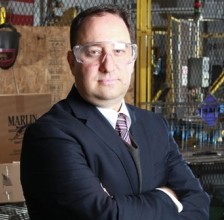
Drew Greenblatt
Drew Greenblatt’s small manufacturing company, Marlin Steel, has already experienced exponential growth under his watch. Greenblatt, who purchased the company nearly 20 years ago with 18 employees and $800,000 in annual revenue, has nearly doubled the workforce and led the firm to $5.5 million in sales last year. He’s not ready to slow down, either.
Over the past couple years, Greenblatt has been planning to significantly expand his facility in Baltimore, Maryland. The plans, which are nearly finalized, would expand Marlin Steel’s current manufacturing space by 53 percent and allow Greenblatt to hire at least 15 more workers.
“These are middle-class, good-paying jobs,” said Greenblatt, whose firm sells wire containers and other industrial products to automotive, aerospace and pharmaceutical factories. “They’re the type of jobs that pull people out of poverty, that can lift people into the middle class, that can pay for their kids to college. These are the type of jobs that our community needs.”
However, his expansion and hiring plans may soon grind to a halt because of onerous new regulations coming down the pipe from Washington.
Holding Greenblatt back is the Environmental Protection Agency’s proposal to further tighten ozone standards across the country, lowering the acceptable threshold of surface-level ozone in the atmosphere from 75 parts per billion (an already strict limit set in 2008) to between 65 and 70 parts per billion. While that may sound like a minor tweak, it would result in more than 300 U.S. counties falling into the “nonattainment” category, with another 200 counties at risk of not meeting (as in, hovering dangerously close to) the new ozone standard.
In those areas, many of the manufacturing and industrial firms that Marlin Steel counts as customers will see their regulatory compliance costs skyrocket as communities are forced to lower pollution levels even further than they already have (ozone levels have already dropped by a third since 1980). Every dollar spent complying with the new rules is one less dollar those manufacturers have to invest back into their firms and purchase new machinery.
Only when those manufacturers are expanding and investing in new machines do they need more steel containers (like the ones Greenblatt sells) to move goods from machine to machine within their factories. Thus, only when they’re expanding does Marlin Steel have customers.
Several longtime clients have already told Greenblatt that the EPA’s new ozone rules will put a freeze on any expansion or investment plans they had in the works.
“My clients are going to clamp down, and my phone is going to stop ringing” Greenblatt said. “When they hit pause, we have to hit pause, too, and as a result, we’re simply not going to be able to expand and hire as much as we had planned.”
That would be hard pill to swallow anywhere, but it’s “an especially devastating blow” for an employer in a city like Baltimore, Greenblatt explained. He noted that the nation watched this summer as riots erupted across the city due in part to a dearth of economic opportunity and a sense that the poor don’t have access to jobs that can lift them into the middle class.
“We’re here trying to create jobs and strengthen our communities, and Washington keeps making it harder and harder,” Greenblatt said. “It’s just another round of smackdown, and it’s a shame, because cities like ours really need these jobs.”
Marlin Steel isn’t alone. In Maryland, which has struggled to rebound from the economic downturn as it is, the new ozone rules are expected to exact a $37 billion toll on the economy and threaten 43,000 jobs, according to a study by the National Association of Manufacturers. Nationwide, the rule is expected to reduce U.S. GDP by an estimated $140 billion per year and could result in more than a million fewer jobs every year through 2040.
Many of those jobs will likely be stripped from small businesses.
“In the end, all sectors of the economy would be negatively affected by the EPA’s new, stringent NAAQS ozone regulations,” Karen Kerrigan, president of the Small Business and Entrepreneurship Council, wrote in an analysis of the proposed ozone rules. “That means, of course, that small businesses will be hit hardest, as is the case with nearly all regulations.”
While no sector will be spared, two industries will be hit particularly hard, she explained.
“It’s worth highlighting that energy, which has been a rare bright spot in an otherwise dismal economy over the past eight years, and manufacturing, which is in the midst of a revitalization, would both suffer significantly under the new EPA regulations,” Kerrigan wrote. She later noted that “those sectors are very much about small business.” In fact, small businesses account for about 75 percent of manufacturers and 90 percent of trucking firms, Kerrigan added, as well as 90 percent of oil and gas extraction firms and 80 percent of oil and gas drilling companies.
SBE Council Center for Regulatory Solutions Senior Fellow Kevin Nyland, the former deputy administrator at the White House’s Office of Information and Regulatory Affairs, has gone on record calling the new ozone rules possibly “the most expensive in U.S. history.”
Of course, EPA officials say the rules are necessary to help clean up our atmosphere. However, experts believe the rule will have minimal – if any – positive impact on air quality or health. In a letter to the agency this summer, nearly two dozen doctors-turned-lawmakers wrote that the department’s analysis of the ozone rule’s potential health benefits was flawed and that they believe “the proposal’s harm outweighs its claimed benefits.”
Back in Maryland, Greenblatt worries the rule may actually cause environmental damage.
“These rules are going to squeeze more American manufacturers out, pushing even more production overseas to places like China and India, where factories are allowed to and do in fact pump much more pollution into the atmosphere,” he said, noting that U.S. factories are already held to incredibly strict environmental standards compared to most nations.
“If we want a clean atmosphere, we should be doing everything we can to force those countries to clean up their act while at the same time tearing down barriers for American manufacturers,” he said. “Instead, all we’re doing is putting up more barriers.”
That’s frustrating from both an economic and environmental perspective, Greenblatt said.
“I breathe the air, I swim in the Chesapeake,” he said. “I want clean water and clear air, too.”
Marlin Steel’s environmental record shows he’s not just blowing smoke. In addition to implementing a myriad of energy-saving technologies at his factory, Greenblatt and his firm use 100 percent recycled steel from a plant in Indiana that churns out its raw materials by melting down, for example, old dishwashers and cars. Marlin Steel also recycles all of its scrap metal.
Most U.S. manufacturers that Greenblatt works with are taking similar steps.
“Our planet faces real environmental challenges, but the problem doesn’t lie with American factories,” Greenblatt said. “We should start focusing on where the problems actually exist, in places like India and China, rather than continuing to hammer American manufacturers who have been doing the right thing, who are already trying to help clean up our environment.”
If we don’t, he said, “rules like these will keep hurting our economy and our environment.”
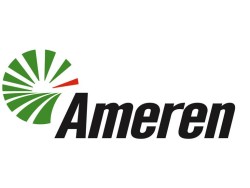 John Cooper, a former mechanic in the Marine Corps, has spent the past fifteen years working for Ameren, an energy utility company in the Midwest. He started out as a laborer at the firm’s Meramec power plant in 2000, and in the years since has worked his way up to shift supervisor at that same facility in St. Louis. He now supervises the operation of all plant systems.
John Cooper, a former mechanic in the Marine Corps, has spent the past fifteen years working for Ameren, an energy utility company in the Midwest. He started out as a laborer at the firm’s Meramec power plant in 2000, and in the years since has worked his way up to shift supervisor at that same facility in St. Louis. He now supervises the operation of all plant systems.
Soon, there won’t be any systems — or employees — left to supervise.
Last year, Ameren announced plans to close the Meramec site, the smallest of the company’s remaining coal-powered plants, by 2022. While the company has cited a number of factors that played into the decision, executives acknowledged that the Environmental Protection Agency’s new, much more strict carbon emission limits for power plants — which had been proposed one month before Ameren’s announcement — made it “clearer” the facility would have to close. In fact, the site may be shuttered even sooner depending on how the rules are implemented.
Cooper took notice.
“I have a real concern about the speed at which the changes being implemented by the Clean Power Plan will affect my work location and my life,” Cooper wrote in a comment submitted to the EPA after the agency first proposed the standards last year. “I understand environmental change is coming and I wholeheartedly accept that it is our generation’s responsibility to turn the corner on our lasting effects on the environment. However, you also need to understand that not only is our environment at stake but also the livelihoods of thousands of utility workers and the tax revenues these facilities provide.”
His lone request to the EPA? “For myself and my family, I only ask that you be patient and understanding of our plight and please try to work with my company and the many others like us to help make this transition as painless possible,” Cooper wrote.
Instead, the agency has done precisely the opposite. Officials moved with reckless abandon to implement the new emissions standards, recently issuing a final rule without even taking into account sufficient input from the small business community, as is required by federal law.
“EPA has not provided … information on the potential impacts of this rule and has not provided Small Entity Representatives with the necessary information upon which to discuss alternatives and provide recommendations to EPA, as required by the Regulatory Flexibility Act,” Claudia R. Rogers, acting chief counsel for the Small Business Administration’s Office of Advocacy, wrote in a letter to EPA Administrator Gina McCarthy in May. Without that necessary information, Rogers pointed out, small business representatives are “unlikely to succeed at identifying reasonable regulatory alternatives for small businesses.”
Nineteen members of Congress later followed up with the agency to demand a response to Rogers’ concerns. One month later, still without an answer, several senators wrote yet another letter to McCarthy, saying: “We strongly urge the agency to work cooperatively with the Small Business Administration’s Office of Advocacy and the small entity representatives. The integrity of this process – and the confidence that small entities have in it – requires no less.”
Like Cooper, they were ignored. The EPA, without ever answering for the steps it skipped in the rulemaking process, issued its final Clean Power Plan carbon emission rules in early August.
It’s not the first time in recent months the agency has been caught skirting its rulemaking responsibilities. In June, the Supreme Court halted the implementation of a similar rule limiting mercury emissions after discovering that the EPA failed to conduct a thorough economic cost-benefit analysis (also required by law) before starting to implement the rule.
Nor is this the only occurrence of the federal agency extending its reach into rulemaking that has historically been left up to states. Criticism has been pouring in over the agency’s recent expansion of the definition of federal waters and its newly proposed ozone standards.
In short, the agency has started asserting unprecedented power over the private sector while turning a blind eye to both the federal rulemaking process and its directives from Congress.
The result is rules like the Clean Power Plan’s carbon emission standards, which did not take into account input from the business community and which will consequently put a drain on the American economy. In the case of Ameren, the firm recently released a study suggesting that compliance with the new rules — in particular, the rule’s incremental emission reduction checkpoints over the next 15 years — would cost consumers around $4 billion.
Others have issued similar warnings. One recent study found that the Clean Power Plan would cost U.S. consumers and businesses a staggering $41 billion per year. So far, more than a dozen states’ attorney generals have already taken legal action pushing back against the regulations.
Back at Ameren, Cooper isn’t the only one with a job in jeopardy. The Meramec plant currently employs about 200 people, and the company is still considering its available transfer options.
“That is a scary thing to hear when you have dedicated 15 years of your sweat, blood and tears faithfully providing safe and reliable power to our energy grid here in Missouri,” Cooper said of closing announcement last year. “I cannot tell you how many times I have given up time with friends, holidays with my family and hours of sleep to help ensure my facilities success.”
He added, “I write to you with a real concern for myself and my colleague’s futures.”
If only the EPA would listen.

J.D. Harrison is the senior editor for digital content at the U.S. Chamber of Commerce, where he writes extensively about health care, immigration, infrastructure, regulations and a host of other issues that influence the decisions of executives, employers and entrepreneurs. Follow J.D. @jd_harrison and jharrison@uschamber.com.
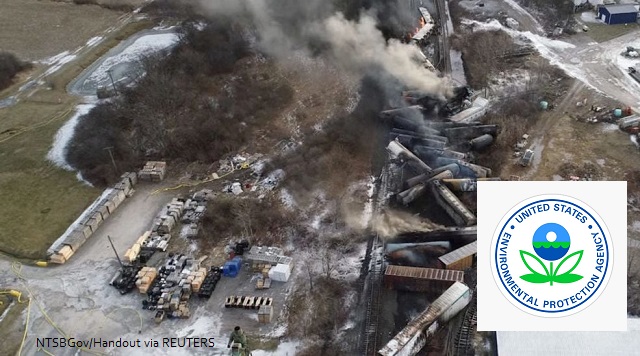


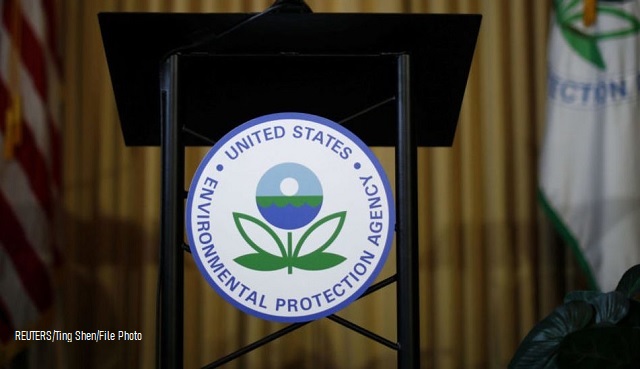
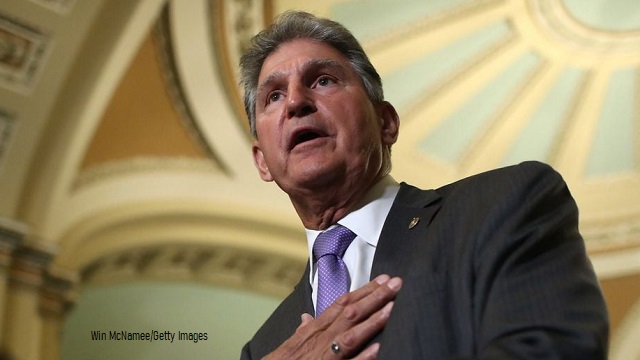
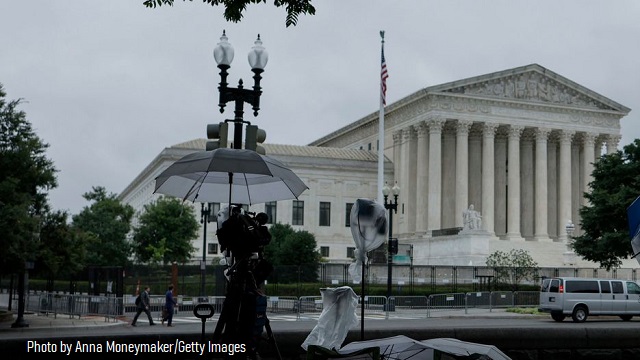

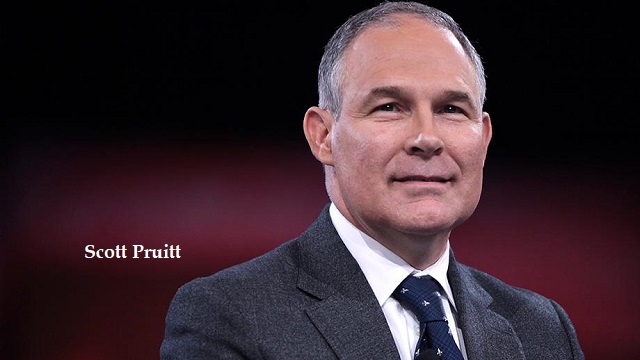
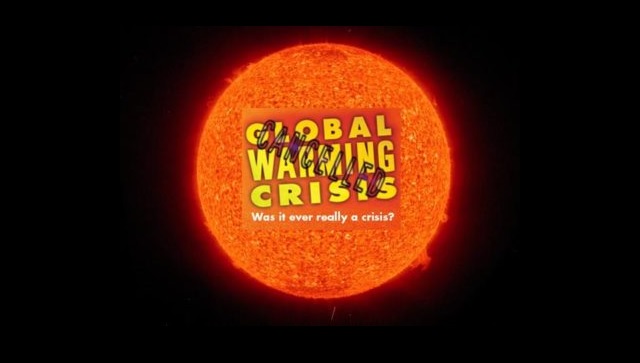

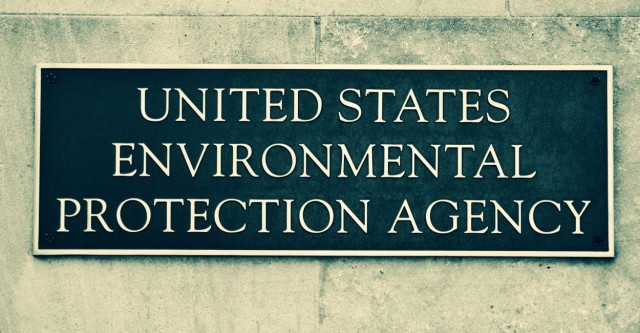
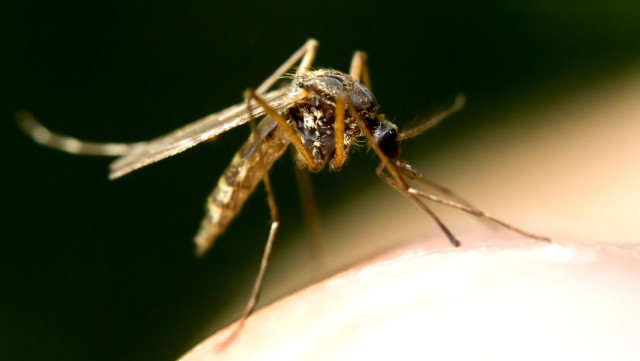

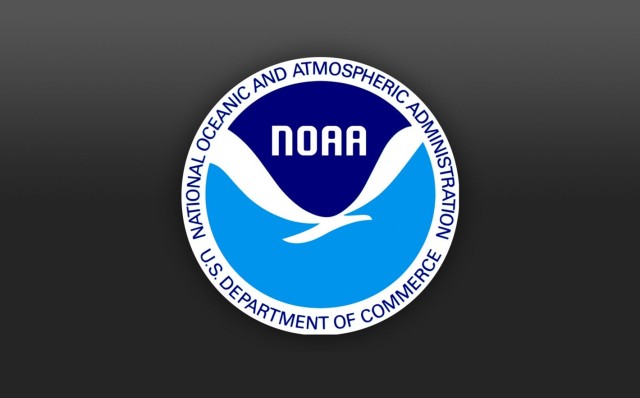
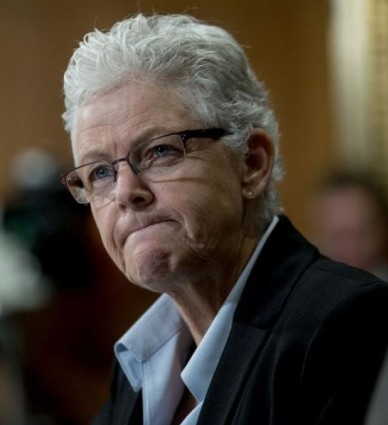

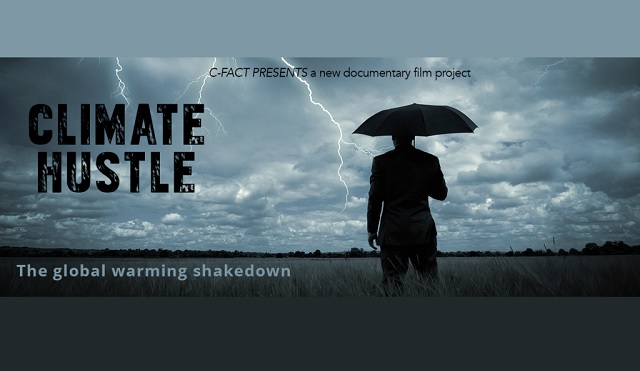

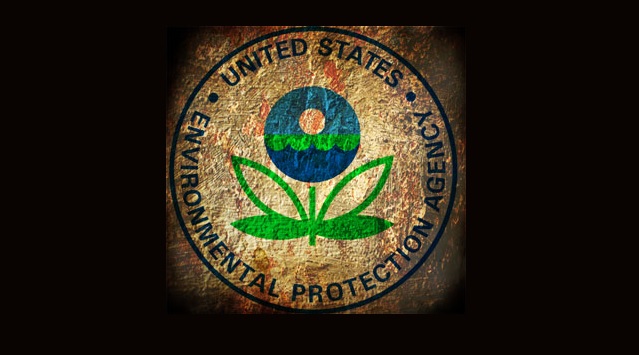


 John Cooper, a former mechanic in the Marine Corps, has spent the past fifteen years working for Ameren, an energy utility company in the Midwest. He started out as a laborer at the firm’s Meramec power plant in 2000, and in the years since has worked his way up to shift supervisor at that same facility in St. Louis. He now supervises the operation of all plant systems.
John Cooper, a former mechanic in the Marine Corps, has spent the past fifteen years working for Ameren, an energy utility company in the Midwest. He started out as a laborer at the firm’s Meramec power plant in 2000, and in the years since has worked his way up to shift supervisor at that same facility in St. Louis. He now supervises the operation of all plant systems.